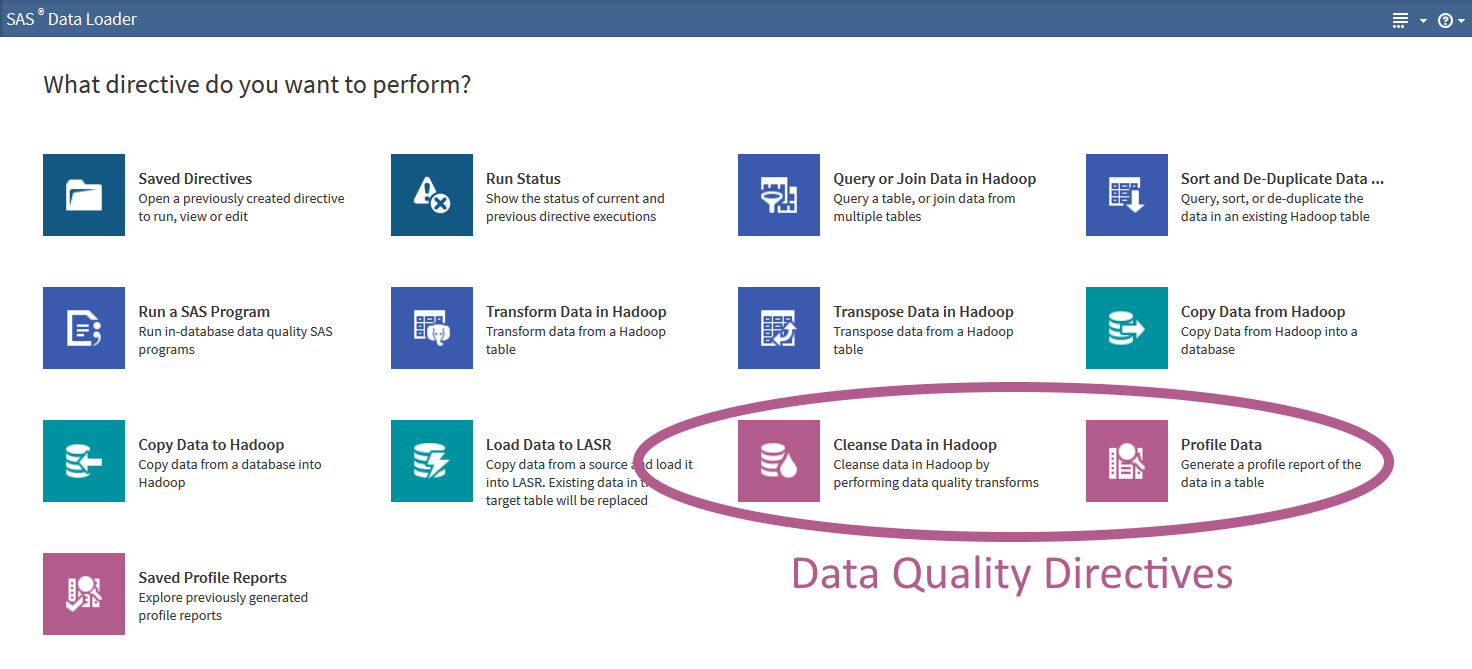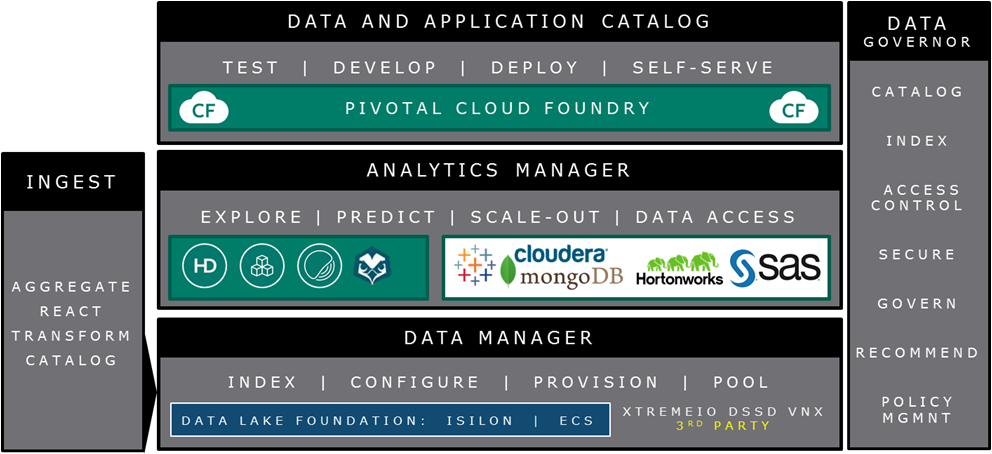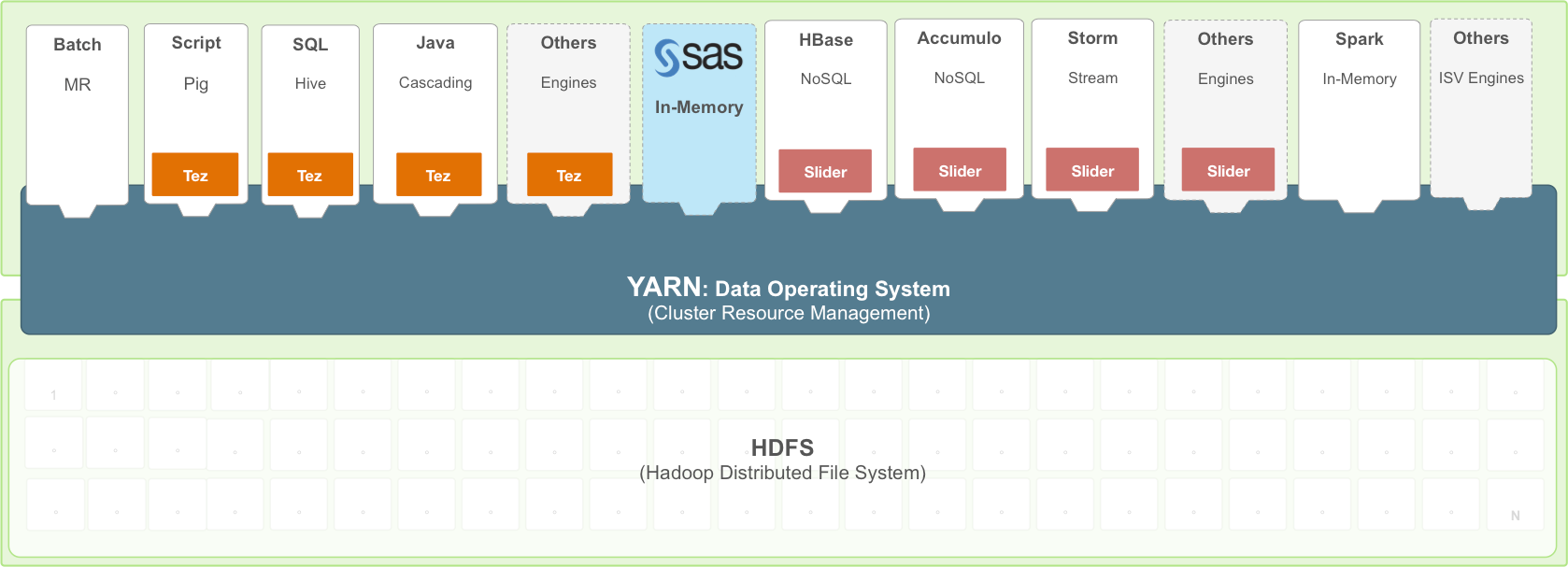
Now that another summer of 12-hour family road-trips to Maine and Ohio, pricey engineering and basketball camps for the kids, and beating the heat at the beach are over, I've taken a fresh look at what people are focused on with their data – and what SAS is providing in the data management space.










